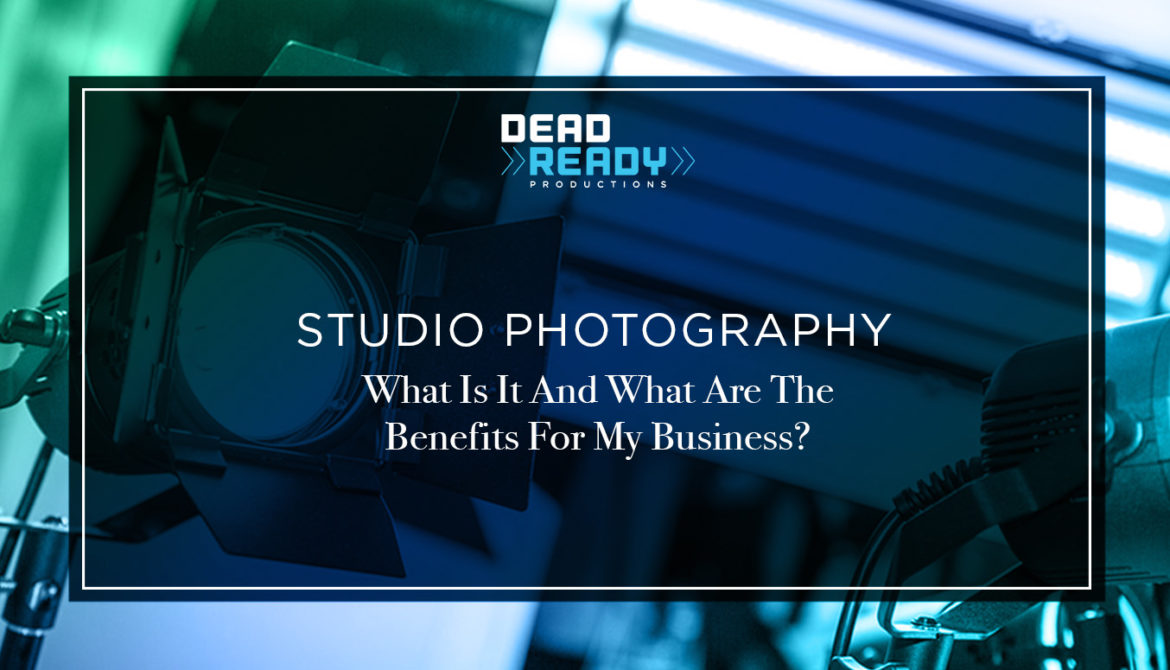They say a picture paints a thousand words, and in a world where social media now allows us to document our every waking moment with a photograph, this has never been more relevant.
Photography has been present in our lives since the very first photograph was taken back in 1826, by French Scientist, Joseph Nicéphore Niépce. Simply titled ‘View from the Window at Le Gras‘, it is said to be the world’s earliest surviving photograph and is believed to have been taken at his family’s country home.
There’s no denying that since 1826 the advancements in technology have allowed us to have much easier access to considerably better cameras, most notably in our pockets on our mobile phones, but the power of photography transcends more than the developments in technology we’ve experienced.
When Sarah Leen, Director of Photography at National Geographic, was asked by Olivier Laurent of TIME magazine, why photography is important to her, she passionately replied:
“Images can keep the memory of a loved one alive, hold a moment in history for future generations, be a witness to tragedy or joy. They can also change behaviour, stimulate understanding and create a sense of urgency that will move people to action. Photography is the universal language that speaks to the heart.”
The most recent example of the universal power of photography is that of the death of Her Majesty, Queen Elizabeth II. From the moment the news broke on Thursday 8th September 2022, we were inundated with imagery and will no doubt have spent countless hours scrolling through photographs of Her Highness, reflecting on her time as the world’s longest standing Monarch.
Not only have photographs been used to capture The Queen’s life and document her 70 year reign, but they will forever be a fascinating reminder of a remarkable time in history, which will forever be preserved for future generations to enjoy.
There are several ways in which photographs can be taken, and the method you choose depends on what you are trying to achieve, but one of the most powerful ways to help customers get to know your business and what you can do for them, is to use photography.
In this article we focus on the art of studio photography, what it is and how it can benefit your business. We also share our photography showreel which gives an insight into what it is like working with Dead Ready Productions on a photoshoot.
In Its Simplest Form, What Is Studio Photography?
Studio photography typically involves taking photographs indoors, in a highly controlled environment called a photographic studio – a photography studio is a workspace specifically designed and built for the purpose of taking photographs and will include a team of professional photographers, assistants and often pupils.
The photographer can use a combination of backdrops, lights, furniture, props and models to construct the perfect photograph of a product or portrait. The main advantage of shooting in this way is that external issues which could negatively impact the photographs, such as bad weather, poor lighting or unpredictable interruptions, can be controlled or removed entirely.
Ultimately, studio photography gives you the amenities and predictability you need in order to carry out high quality, professional photography that presents your product at its absolute best.





